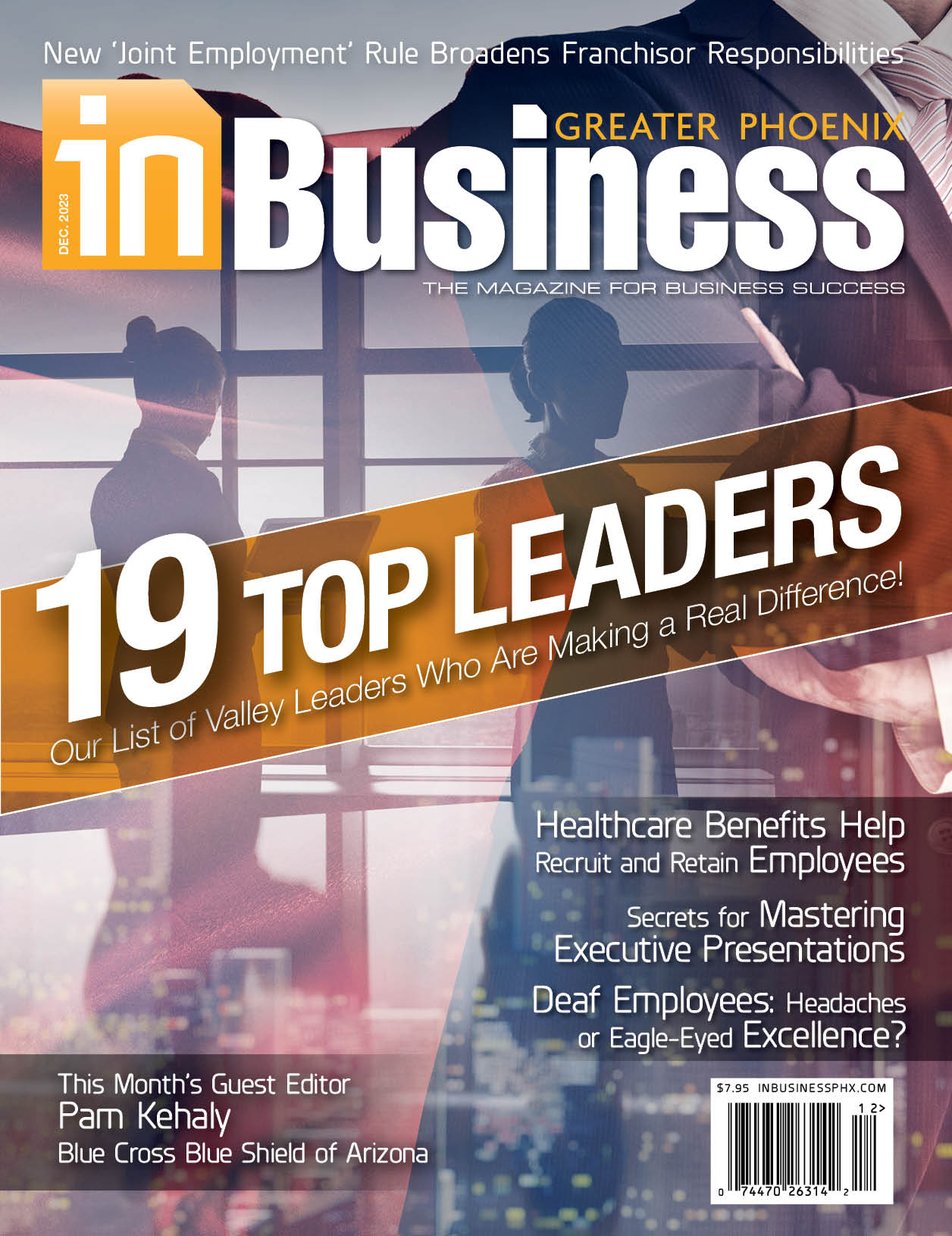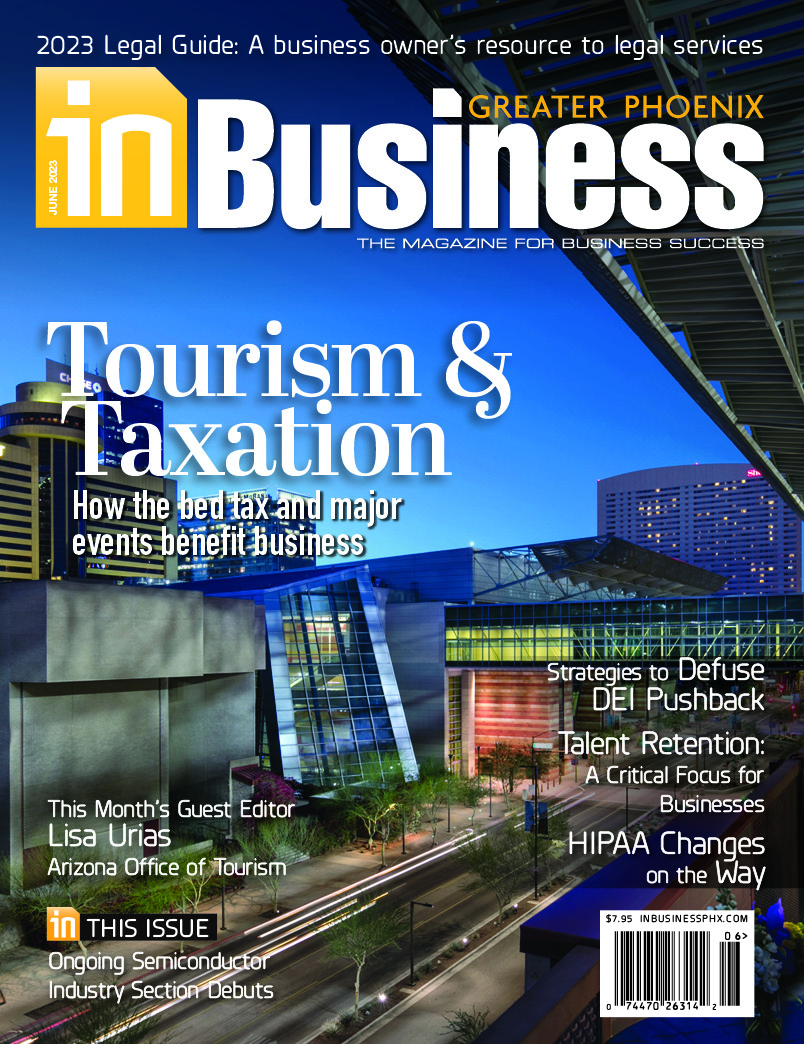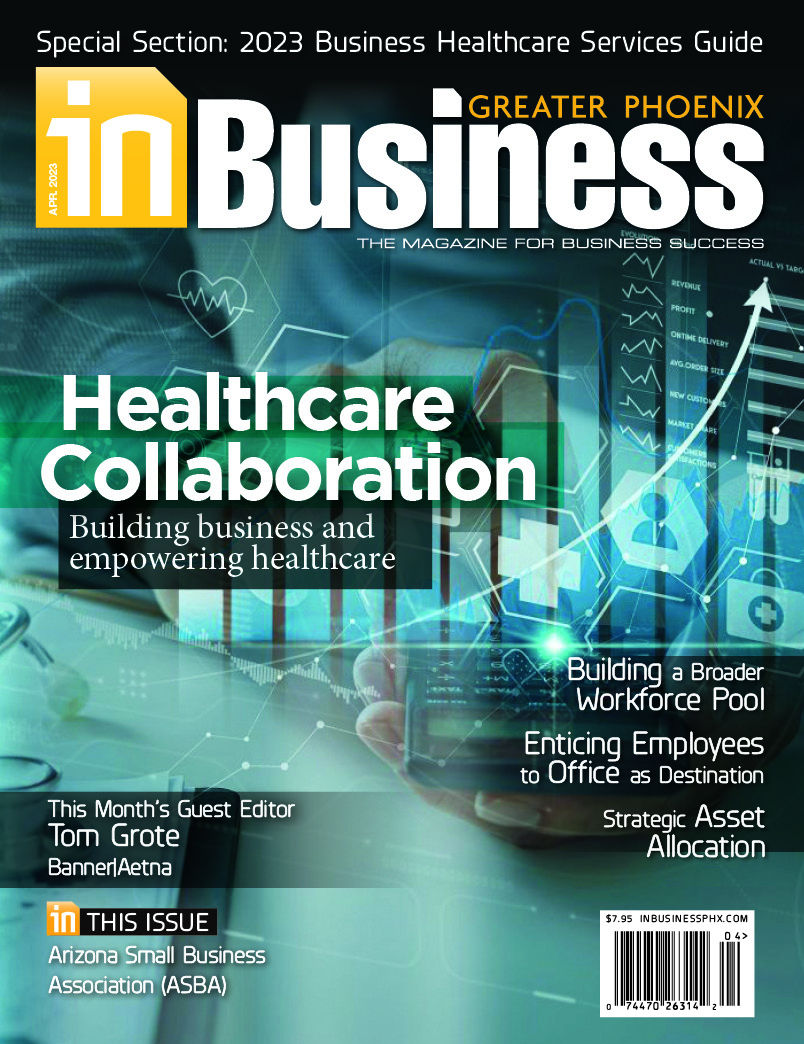
Employee perks and benefits can be some of the most compelling aspects of the hiring process. Great perks and incentives packages can help attract top-notch talent, maintain employee morale and improve overall engagement and satisfaction with the company. They can also boost a company’s image, as exemplified by notable tech companies that have become highly desirable places to work due to their perks packages.
The COVID-19 pandemic has made the value of perks and benefits more important than ever, especially since some employees are now feeling more burnout and lower morale. The ability to work remotely, previously a desirable but relatively uncommon employee perk, is now a requirement for many workers. But what other types of perks have employers offered to workers to boost morale?
Staples surveyed 1,549 Americans on their preferences for perks and incentives in the workplace. The survey ran on July 17, 2020. Respondents weighed in on the effectiveness of various types of employee perks on their motivation, their preferences for more perks against a higher salary, and more.
What Are Employee Perks?
Employee benefits and perks are not interchangeable terms. Typically, an employee benefit is considered to be a non-wage supplement to salaries, such as health insurance, stock options or 401(k) matches, and it tends to cover more basic needs. An employee perk tends to be offered by the employer to make the job more attractive or the working environment better, such as a company car, office snacks or flexible hours.
How Do Employees Value Salary against Perks?
Attractive employee perks may not help retain employees when compensation isn’t factored into the equation. In fact, employees are split basically down the middle on which matters more when it comes to employee morale.
When asked which is the better way to improve employee morale, 50.2% of employees prefer more perks, compared to 49.8% who prefer a higher salary. With such close percentages, what does this mean for employers? What’s best for employee morale may be subjective, but the majority of employees (62.3%) indicate that they would accept a lower salary in exchange for better workplace perks.
However, this preference depends on the demographic of the respondents. Single people and people who don’t have children are the least likely to accept a lower salary in exchange for better workplace perks, whereas married people and people with children are more likely to.
It’s clear that employees prefer a wider range of perks than a higher salary. But are either of these methods the best way to improve employee morale?
What’s the Best Way to Improve Employee Morale?
Adding more workplace perks is one popular way to improve employee morale (22.3%), and so is performance-based raises (21.5%). All other methods of boosting morale capture less than 10% of the vote, including recognition from supervisors, team-building initiatives, requesting employee feedback and giving spontaneous holidays.
Improving employee engagement and increasing morale isn’t simply about adding more perks or increasing salary. There are many ways an employer can engage and incentivize their employees, including performance-based raises, recognition from supervisors, team-building initiatives and more.
The Most Motivating Types of Employer-Sponsored Perks
| Workplace flexibility perks | 38.0% |
| Among single people: 47.4% Among women: 43.1% Among men: 33.8% Among married people: 32.3% |
|
| Continuing education perks | 22.5% |
| Lifestyle and entertainment perks | 18.9% |
| Health and fitness perks | 12.9% |
| Family-focused and childcare perks | 7.7% |
Perks and Incentives Most Likely to Convince Exiting Employees to Stay
| Regular remote work | 17.1% |
| Employee discounts | 11.9% |
| Flexible hours | 9.2% |
| Paid insurance premiums | 9.0% |
| Streaming subscriptions | 7.8% |
| Finance assistance with professional certifications | 7.6% |
Perks and Incentives that Employees Consider ‘Must Haves’
| Flexible hours | 40.2% |
| Paid Insurance premiums | 33.6% |
| Paid family leave | 29.2% |
| Regular remote work | 26.4% |
| Finance assistance with professional certifications | 26.3% |
Perks and Incentives that Employees Deem ‘Nice to Have” but Not Essential
| Employee discounts | 42.7% |
| Free coffee and snacks | 42.3% |
| Streaming subscriptions | 42.2% |
| Gym membership reimbursement | 35.1% |
| Onsite fitness classes | 30.3% |
| Company car, laptop or phone | 30.2% |
Perks and Incentives that Motivate Employees the Least
| Free e-readers and e-books | 37.1% |
| Time off to volunteer | 26.3% |
| Onsite daycare | 25.9% |
| Daycare reimbursement | 25.3% |
| Onsite fitness classes | 21.7% |
| Student loan paydowns | 20.7% |














Speak Your Mind
You must be logged in to post a comment.